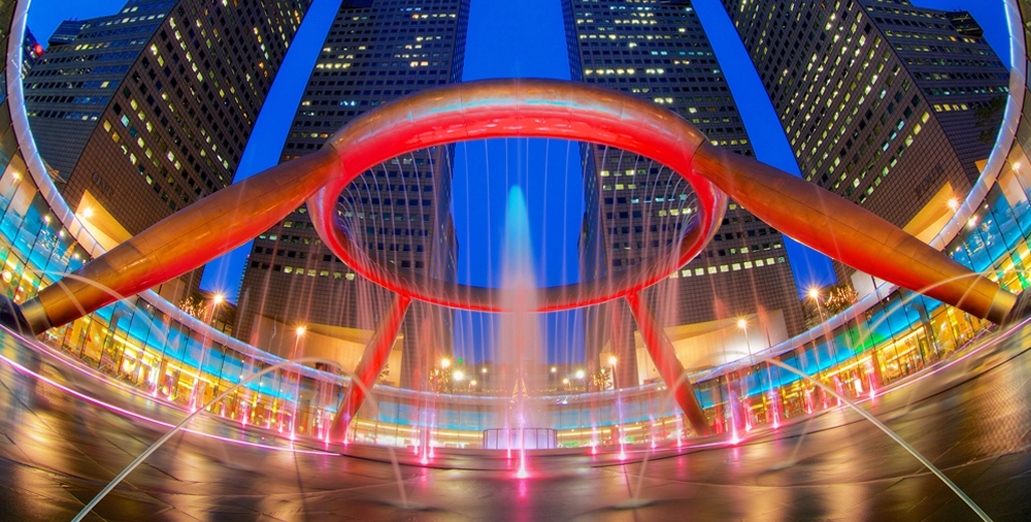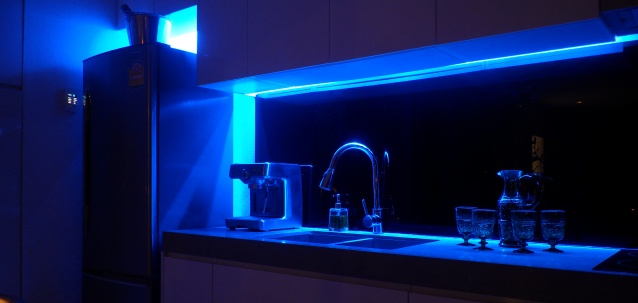Projects » 313@Somerset
313 @ Somerset

Illuminating the latest luxury shopping mall in the Singapore’ s commercial heart was a challenge like any other large building. Being able to successfully monitor the actual energy consumed per retail tenant on a granular basis added to the complexity, but also allowed the owners to maximize the impact of energy initiatives and earned them a platinum award under Singapore BCA green Mark Scheme.
The design of the iconic ‘ 313@Somerset’ multi-storey development includes many features that help the shopping meet the growing societal demand for business to have a minimal impact on the natural environment. A range of sustainably initiatives were incorporated into the building including the orientation of double glazed windows, rainwater harvesting for flushing toilets and solar panels on the roof generating part of the shopping centre‘s electricity requirement. The car parks were placed at the top of the building to provide insulation and the necessary water tanks for the fire sprinkler system are used as a thermal energy storage bank.
A major facet of the project was the minimization of energy usage. To help achieve this, energy-efficient lights were specified along with intelligent lighting control to maximise energy saving. The lighting fixtures throughout the shopping centre are a mixture of fluorescent, LED and halogen luminaires. According to Ray Bond, Philips Dynalite’s South-East Asian Business Development Manager, ” The project was like most these days where multiple types of light sources need to be controlled in the same space but that wasn’t the major challenge on this project.”

The brief also called for a true energy management system utilizing a granular approach that could identify where power was being used inefficiently and make the necessary adjustment. It would be necessary to accurately monitor real current being drawn down to an individual electrical circuit.“The owners came looking for a solution and we were the only company that could give them the energy management current sensing that they required together with the lighting ambience control we are known for.” Bond said. While energy monitoring can be provided by other companies, very few are able to combine it with control. ” It is often a compromise between energy monitoring and conservation or architectural in a room or building, but we can and do provide both”, he added.
Control Tech Asia Pte Ltd was chosen to install the lighting and energy management system at “313@Somerset’s. The company has been a Philips Dynalite Value Added Reseller (VAR) for more than 20 years and has extensive knowledge of ‘green ’ building and large commercial project.
‘313@Somerset’ was the first project where has been major use of current sensing technology,” Philips Dynalites’s Bond added. “We can measure the actual current a light is drawing and display it on a monitor or graphical interface”. The energy information display allows the owner to look at their energy consumption in all parts of building so that they can determine where it can be improved. The owners can also identify where one or two circuits might be drawing more current than others and then investigate whether alternative lighting sources might be more efficient. They can also confirm that the time scheduling of the system is set appropriately.

Where a building like a shopping mall has multiple tenants in it, it is often difficult to determine how much energy each tenant is consuming. Previously, there were multiple meters placed all around a building. Here a single central meter can be installed and the owners can use the control system to give them an average energy reading. A meter often just measures the energy coming into a building whereas the new technology can read energy usage down to the channel level or lighting circuit.
The operation of the mall has been running to such an efficient and efficient and effective extent since opening that Singapore ’ s Building and Construction Authority (BCA) has already given ‘313@Somerset’ the highest recognition under its green Mark scheme: the Platinum Award. The Green Mark scheme incorporates internationally recognised best practices in environmental design and performance. In addition, the project has also won the Solar Pioneer Award under the Economic Development Board ’s Solar Capability Scheme, in recognition of innovation, design and effectiveness in the installation of solar panels.


.jpg)

